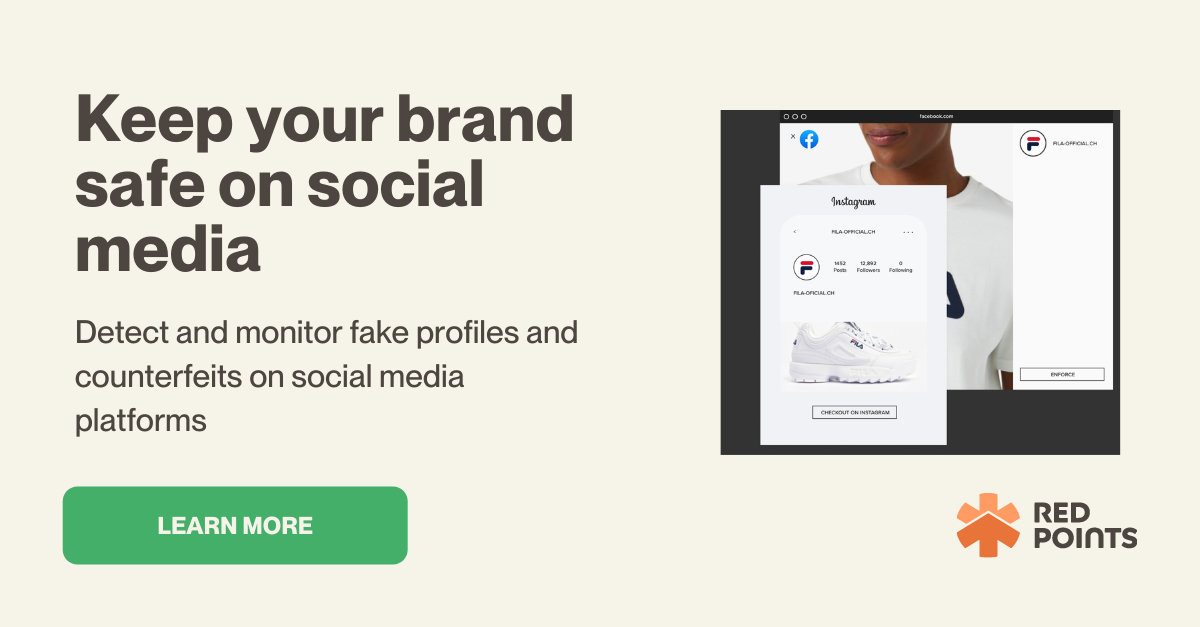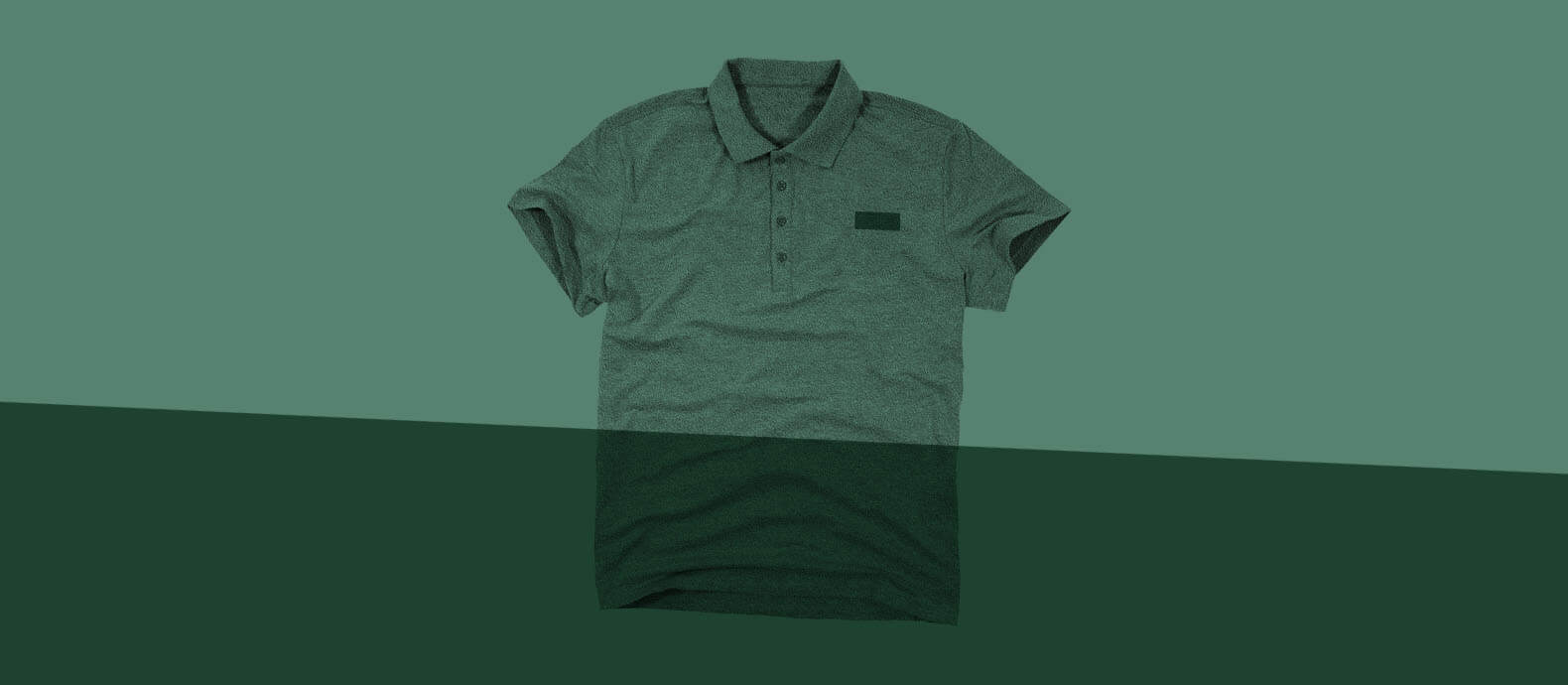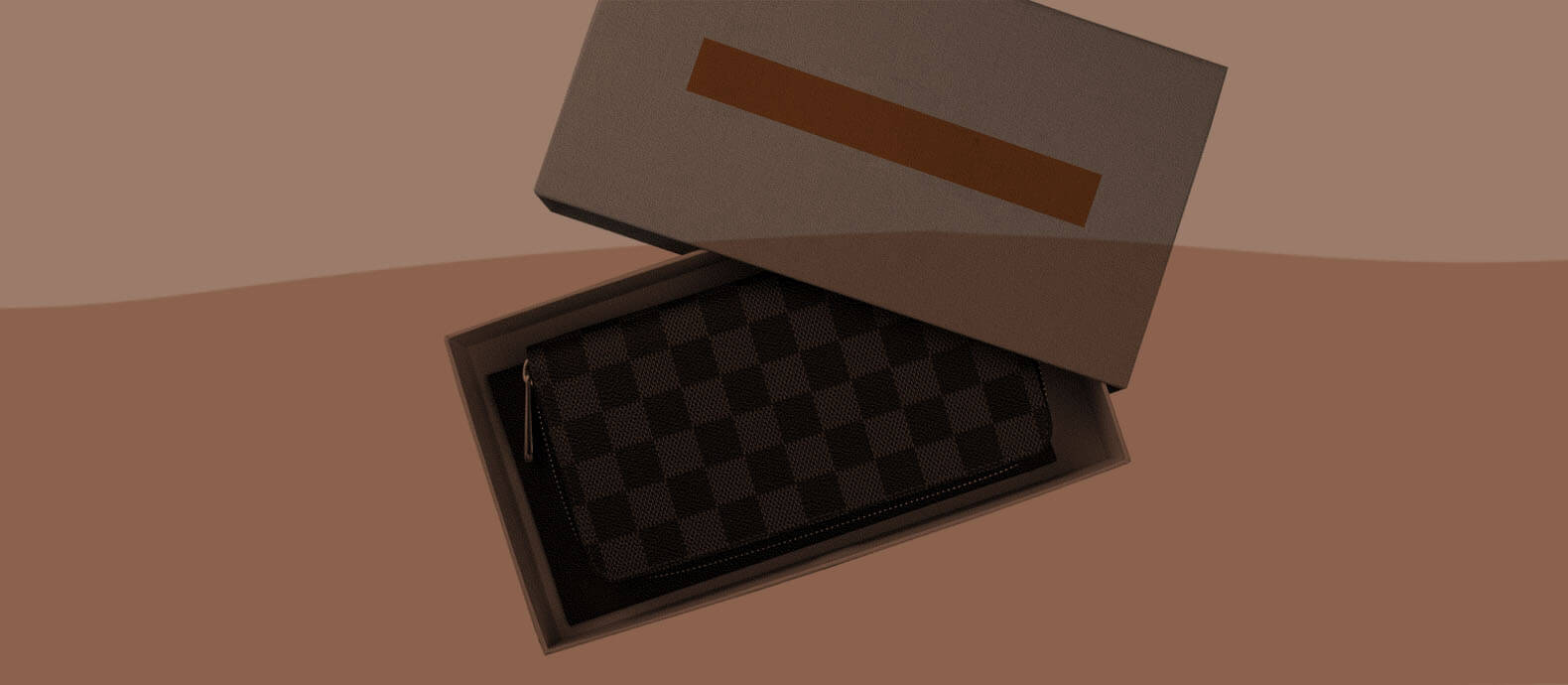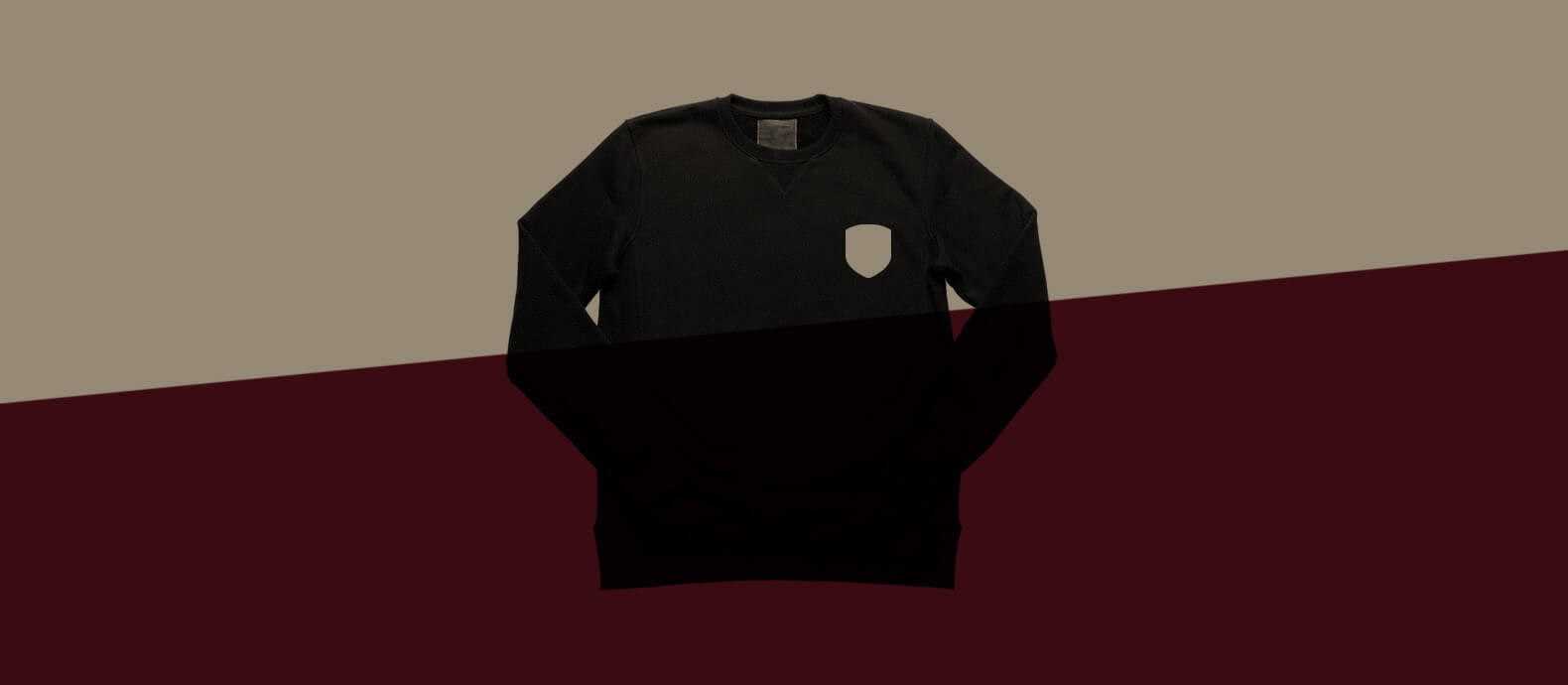Counterfeiting and trademark infringement has become increasingly common in the fashion industry, with copycat clothing brands being a major concern. These brands mimic the designs and logos of luxury fashion brands, offering similar products at much lower prices. However, the impact of these copycat brands can be devastating, affecting not only the reputation and revenue of the original brand but also the safety of consumers.
In this blog, we will:
- Take a closer look at the world of copycat clothing brands and their impact on the fashion industry.
- We will discuss the legal consequences of trademark infringement and explore the methods that brands can use to protect themselves from these copycat brands.
- Additionally, we will examine the potential risks that consumers face when purchasing from copycat brands, highlighting the importance of investing in authentic fashion products
What are copycat clothing brands?
Copycat clothing brands are companies that produce garments or accessories that imitate the designs and logos of luxury fashion brands. These brands often use cheaper materials and labor to produce their products and sell them at much lower prices than the original brands. Copycat brands are prevalent in the fashion industry, particularly in emerging markets such as China and India.
The prevalence of copying or intellectual property (IP) theft in the fashion industry is significant. In a report published by the Organisation for Economic Cooperation and Development (OECD) and the European Union Intellectual Property Office (EUIPO), it was estimated that the fashion industry lost around $26.4 billion in revenue due to counterfeit and pirated goods in 2016. This loss accounted for approximately 9% of the industry’s total revenue.
Furthermore, the report found that the fashion industry was the most affected industry in terms of the value of counterfeit and pirated goods seized at borders. In 2016, fashion-related products accounted for over 35% of the total value of all seized goods. This highlights the severity of the issue and emphasizes the need for brands to take measures to protect themselves from copycat brands.

How to prevent your clothing brand from being copied
In today’s fashion industry, particularly with clothing, there is an extreme amount of competition and a very high rate of turnover when it comes to particular clothing designs having commercial success.
This is at least in part due to the rising trends of fast fashion, which rely heavily on a quantity over quality approach when it comes to new designs for their clothing products. As a result, these fast fashion businesses can produce upwards of 10,000 new items a month, many of which turn out to be copies of clothing designs made by independent designers. Unfortunately, as a result of these businesses’ high turnover rate when it comes to the use of their designs, some independent designers may not even know about the copycat designs of their work is available online at a much lower price with even lower quality.
However, there are some things you can do as a business owner if you want to protect your clothing brand from copycats, whether those be big fast fashion businesses looking to replicate your designs or bad actors that are hoping to pass off counterfeits as their own.
Here are a few things you can do:
Trademark your logo or any iconic images your brand uses
Without registering your intellectual property (IP) you won’t have the legal rights that you would have if you had registered your IP; as an IP owner, you have the legal right to exclusive use of your trademarks. A registered trademark can be denoted by the classic circled ‘R’ symbol, “®”, which lets everyone know that they cannot use your symbols without your consent and without the potential for you to take legal action against them. While there are obviously some bad actors that may not be discouraged by this, there are many that will take this seemingly simple symbol very seriously, which reduces the chance your clothing brand will be copied.
Register copyrights for unique clothing designs
While unfortunately, clothing falls under the category of what is termed a “useful article”, meaning that you can’t register a copyright for a clothing design outright, there are still elements of clothing that can be registered as a copyright.
If an article of clothing contains an “adequate” amount of creative expression it could certainly be considered a form of art, however, in order for a design to be considered eligible for copyright protection it must be completely original. This means that no other clearly identifiable symbols, patterns, or shapes appear in your designs that are similar to an existing design that has already been registered as a copyright.
File for a design patent
While copyright laws do not protect articles of clothing or stop others from producing articles of clothing that are copycats of your designs, you could file a design patent which can do exactly that. Design patents are very common in the fashion industry and ensure that you, as the registered patent owner, have the sole legal right to use your product, design, or process.
This will allow you to take legal action against any other business that attempts to produce any product that is too similar to yours.
File for a trade dress registration
A Trade Dress is defined as the commercial look and feel of a product or service that identifies and distinguishes the exact source of the product or the service. This is a broad definition and can include elements such as the way your items are packaged, but it could also apply to the way your physical stores are set up (a notable example of this form of trade dress would be the Hard Rock Cafe and its unique interior design).
While many independent designers or new clothing brands may not benefit from trade dress law as it applies to physical stores, as many are online, they could certainly benefit from it when it comes to the look and feel of their packaging. Copycat clothing brands, particularly ones created by bad actors with the intention of fooling customers into buying fake goods, may attempt to copy your clothing brand’s packaging in order to create a convincing fake. By filing your brand’s look and feel under trade dress, you could protect your brand with additional layers of intellectual property rights, discouraging potential bad actors from establishing copycat clothing brands.
Draft a cease and desist letter
While this method will only be applicable to intellectual property owners as they have the legal exclusive right to use their registered marks, it can be very effective when used. Having a cease and desist letter drafted and ready to use, with only the need to make a few changes before being sent to an infringer of your IP can save you precious time and therefore money.
When you send one of these formal legal documents they count as a proper way to not only inform the infringer about your rights as the IP owner, but also it can extend the lifetime of your copyrights by establishing that you are using them and monitoring them actively.
In many cases, once a cease and desist letter has been issued, the infringer will be quick to take down the offending listing. If the perpetrator behind the infringement does not take down the listing after your cease and desist letter then you may have a clear path toward taking legal action against them.
How to report copycat clothing brands
There are a number of ways you can report copycat brands in order to have them taken down, and they can range from casual to aggressive depending on the way you choose to pursue the incident. However, we are going to focus on four methods specifically:
- Reaching out to the infringer directly
- Contacting the authorities
- Contact the e-commerce platform the brand is hosted on
- Enlist the aid of an automated Brand Protection Software
Reaching out to the copycat clothing brand directly
A good first step to take is to reach out directly to the perpetrator of the infringement, however unlikely, they could be infringing on your intellectual property rights unknowingly, so it could be the case that reaching out to them directly would solve the problem without any added stress or effort. If you would rather be more direct with your outreach to the offender, you could send them directly a cease and desist letter for their infringement on your IP rights.
Sometimes these yield quick results and resolve the issue at hand, but there may be other instances where you need to take another approach to have the copycat clothing brand taken down.
Contacting the authorities
As always is the case, the exact authorities that you are reaching out to will depend on where in the world you are located, for instance, intellectual property in the United States you can report intellectual property crimes to the IPR Center whereas in the EU the proper authority is the EUIPO.
When you contact these authorities you may be asked to deliver evidence of the infringement and proof that your intellectual property has been properly registered in order for the authority to take proper action.
Contact the e-commerce platform the brand is hosted on
In order to have a copycat clothing brand taken down from an e-commerce platform can be a simple process, but once again it may require you to submit proof that your intellectual property rights are genuinely being infringed upon. This will be mean that you must be able to produce documents detailing your registered IP and proof of infringement.
While the timing of the removal process of the copycat clothing brand may depend on a variety of factors, such as which platform it is, how much evidence you’ve submitted, etc., the platform will generally conduct an internal investigation to confirm the alleged infringement. However, it’s worth noting that many platforms take intellectual property rights very seriously and if you can convey a genuine case of infringement it likely won’t take long for the copycat clothing brand to be taken down.
Enlist the aid of an automated Brand Protection Software
Finally, for independent designers or busy executives that are focused on running their businesses, dealing with these copycat cases of infringement can be an incredible hassle. It can take valuable time and resources away from other areas of your business which can ultimately suffer as a result.
How can Red Points help to protect clothing brands from copycats?
Red Points’ Brand Protection software works in three easy steps which empower businesses in the fashion industry to maximize the value of their intellectual property and take back revenue that could otherwise be lost to copycats. The software works in three simple steps: detection, validating, and enforcing.
Detection
The first step, detection, is where Red Points leverages its machine learning capabilities to conduct bot-powered searches of the internet to monitor for potential cases of infringement. Whenever a potential infringement is detected it is then logged and listed on our platform for you to review.
Validation
This review process takes us to the second step, validation. This step is the only step in our brand protection process that requires action on your part, which is simply to confirm that what we’ve detected is in fact a genuine infringing on your IP rights. This step in the process not only further refines the detection capabilities of our machine learning system, making it more precise when detecting infringements, but it also ensures that you have total control over the infringements that are taken down on your behalf by Red Points.
However, while this is the only manual step in our process, we are aware of the need for efficiency as our detection system could identify quite a long list of potential infringements, which is why we also offer the implementation of customizable “smart rules”. These rules are tailored to your specifications to automatically validate detections with predetermined characteristics. This not only reduces the amount of time you need to spend validating detected infringements, but it also ensure that guaranteed infringements are shut down as fast as possible.
Enforcement
The third step, enforcement, is done entirely by Red Points on your behalf. Once you have validated a detected infringement, our takedown process is immediately triggered and we handle this process regardless entirely on our end, so that you can focus on other aspects of your business. Additionally, we provide you with a detailed report informing you whenever a detected infringement has been successfully taken down.
Reports and Dashboards
Beyond the three key steps of our Brand Protection process, Red Points’ platform also provides its users with one additional key benefit: data. Users of our platform are given access to a number of detailed data reports and dashboards that can support your business’s IP strategy, even customized dashboards tailored to your business’s needs.
What’s Next
Copycat clothing brands pose significant threats to the fashion industry, and it’s essential to combat their presence through legal and proactive measures. By registering intellectual property, monitoring the market, and reporting infringements, brands, and consumers can protect their interests and prevent counterfeit goods from entering the market.
This is why an always-on automated Brand Protection solution like Red Points is ideal for busy business owners that would rather invest their time and resources into growing their business than fighting infringement. If you are interested in finding out more about Red Points’ services that could benefit your business, you can meet with one of our Brand Protection experts to discuss all your questions and concerns.






